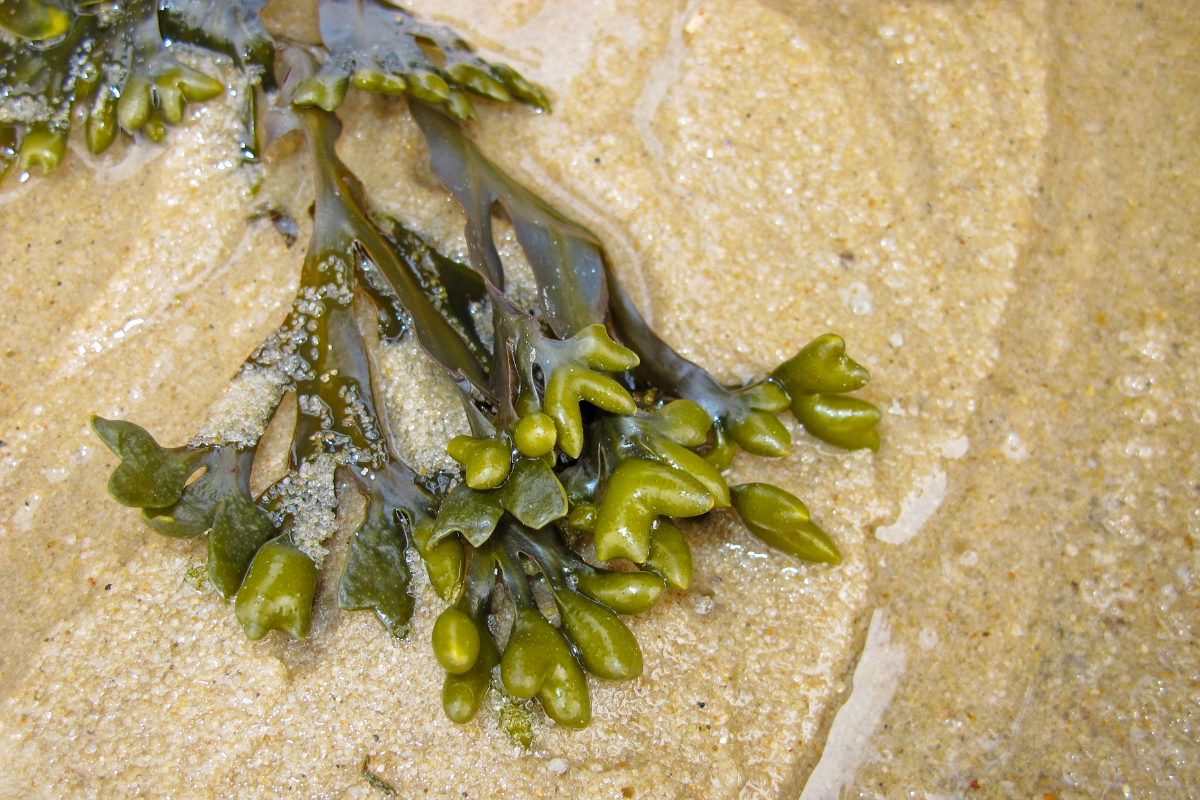
Citizen science initiative, the Big Seaweed Search, is calling on individuals and families on the Yorkshire Coast to contribute to vital marine conservation efforts.
The nationwide project is a joint effort between the Natural History Museum and the Marine Conservation Society which encourages volunteers to identify, photograph, and record key seaweed species found around the UK coastline. The Big Seaweed Search Week is scheduled to take place from 26th July to 3rd August.
Scientists are keen to gain a clearer understanding of where different types of seaweed grow across the UK and how their distribution patterns may be changing over time. The information gathered is crucial for making informed decisions on how to best protect seaweeds and our coastal environments for future generations.
Anna Bunney, Citizen Science Programme Developer at the Marine Conservation Society, highlighted the importance of public participation.
"Seaweed plays a really important role in keeping our ocean healthy. There’s still a lot we don’t know, and that’s where the Big Seaweed Search comes in,"
"We want to learn more about where the different types of seaweed grow across the UK and how their distributions might be changing over time.
And this informs decisions about how to best protect seaweeds and our coasts for future generations as well.
So by taking part in the big seaweed search week, you'll directly help us understand more about what's happening and really give us a snapshot of UK seaweeds as well. "
Anna says the UK boasts an incredible diversity of seaweed but participants in the Big Seaweed Search will focus on identifying just 14 specific "indicator species".
"We have an incredible diversity of seaweeds around the UK, 650 different species of seaweed, which is just incredible.
But don't worry, you haven't got to learn how to identify all of those. There's just 14 different species that we're on the lookout for.
So these 14 species are what we call indicator species, they are seaweeds that are good indicators of environmental change, such as ocean acidification, the spread of non-native species and climate change as well."
These selected species are particularly valuable as they serve as good indicators of environmental changes, species like kelp, which are sensitive to rising sea temperatures, are closely monitored around the world. Globally, kelp forests are facing decline, impacting the ocean's capacity to capture carbon and address the climate crisis.
Anna says that participating in the project is straightforward and accessible to everyone.
"Anyone can take part in the big seaweed search, whether it's you're an individual a group of friends, family, you can take the kids, the grandkids, and you don't need to be an expert either.
All you need to do is head to the coast and take part, whether you're visiting on a holiday or if you're lucky enough to live by the coast as well."
Volunteers are asked to head to a suitable "seaweedy" section of the coast and survey a 5-metre stretch from the top of the shore down to the sea. Anna says the survey typically takes about an hour to complete.
"You head down to the coast to a nice seaweedy bit of the coast and you're surveying a five meter stretch along the coast from the top of the shore all the way down to the sea.
And we're asking people to look in that survey area for about an hour, searching for seaweed that's attached onto the rocks.
And we provide a survey form, so you basically let us know what species you found and how abundant it is. So is it a species of seaweed that's all across your survey area, or is it quite sparse, for example?
And we ask you just to take one photo of each of the different species of seaweed that you find and that's so that we can verify these sightings so that we know the data can be used for conservation, and then you just submit your survey.
It sounds quite a lot, but it's really easy to get involved and there's loads of ID guides, videos and resources on our website for people to have a look at before they head down to, to know what they're doing when they get there.
The data collected by volunteers plays a pivotal role in scientific research. Researchers at the Natural History Museum utilize this information to shape significant scientific studies.
Dr. Juliet Brodie, from the Natural History Museum, affirmed,
“The Big Seaweed Search is already shaping important scientific research. Data gathered has contributed to the UK Red List, helping to highlight seaweed species that are vulnerable or under threat. This information plays a vital role in guiding conservation efforts to protect these essential marine species and ensure the health of our ocean for years to come. It’s also inspired similar projects in places like South Georgia and Mexico. Working alongside passionate community scientists who share our commitment to a healthy ocean is truly empowering.”
By joining the Big Seaweed Search, participants directly contribute to filling knowledge gaps, especially concerning locations that are not well-understood and how species distributions are evolving. This vital evidence helps scientists build a clearer picture of changing coastlines and informs decisions on how to best protect them.
You can register to take part and download your guide and recording form at https://www.nhm.ac.uk/take-part/monitor-and-encourage-nature/big-seaweed-search.html
There is more information at https://www.mcsuk.org/what-you-can-do/citizen-science/big-seaweed-search/



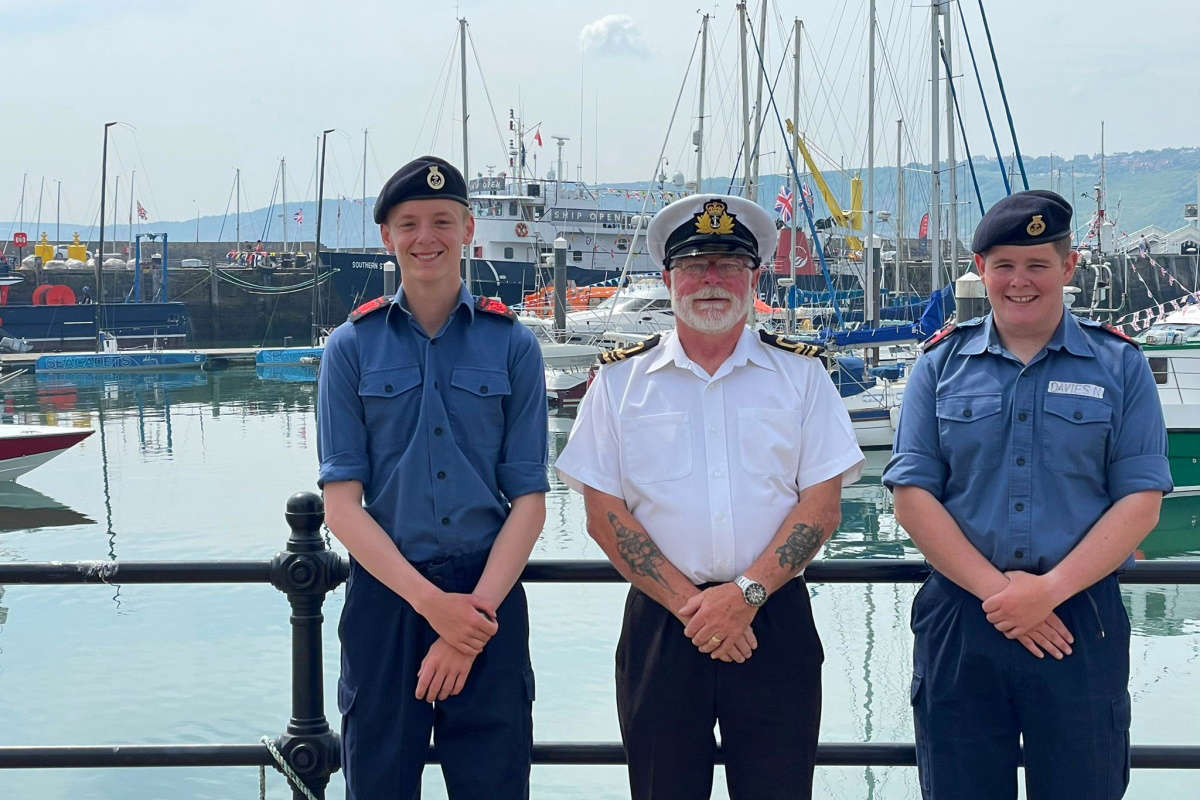 Five Figure Donation For New Scarborough Sea Cadets Vessel
Five Figure Donation For New Scarborough Sea Cadets Vessel
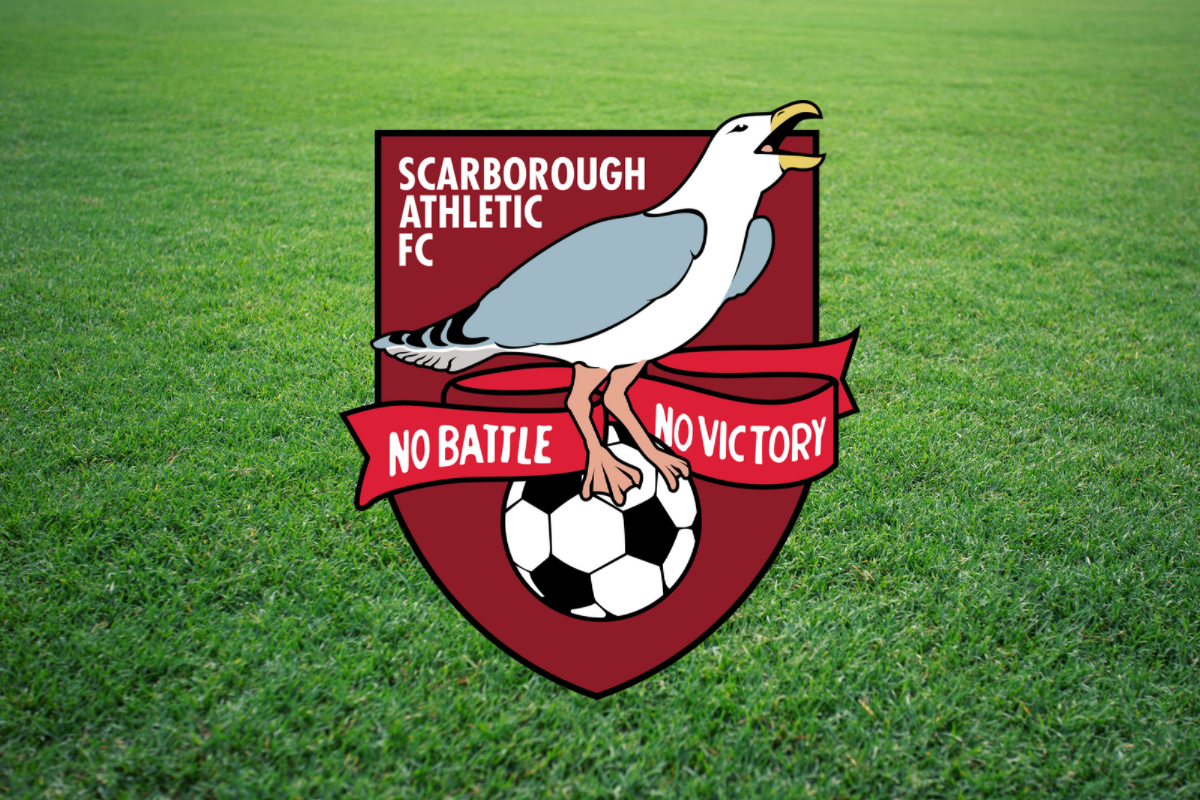 Scarborough Athletic Go To Cheshire Looking To Reignite Promotion Push
Scarborough Athletic Go To Cheshire Looking To Reignite Promotion Push
 Review For Scarborough Pride Parking Charges
Review For Scarborough Pride Parking Charges
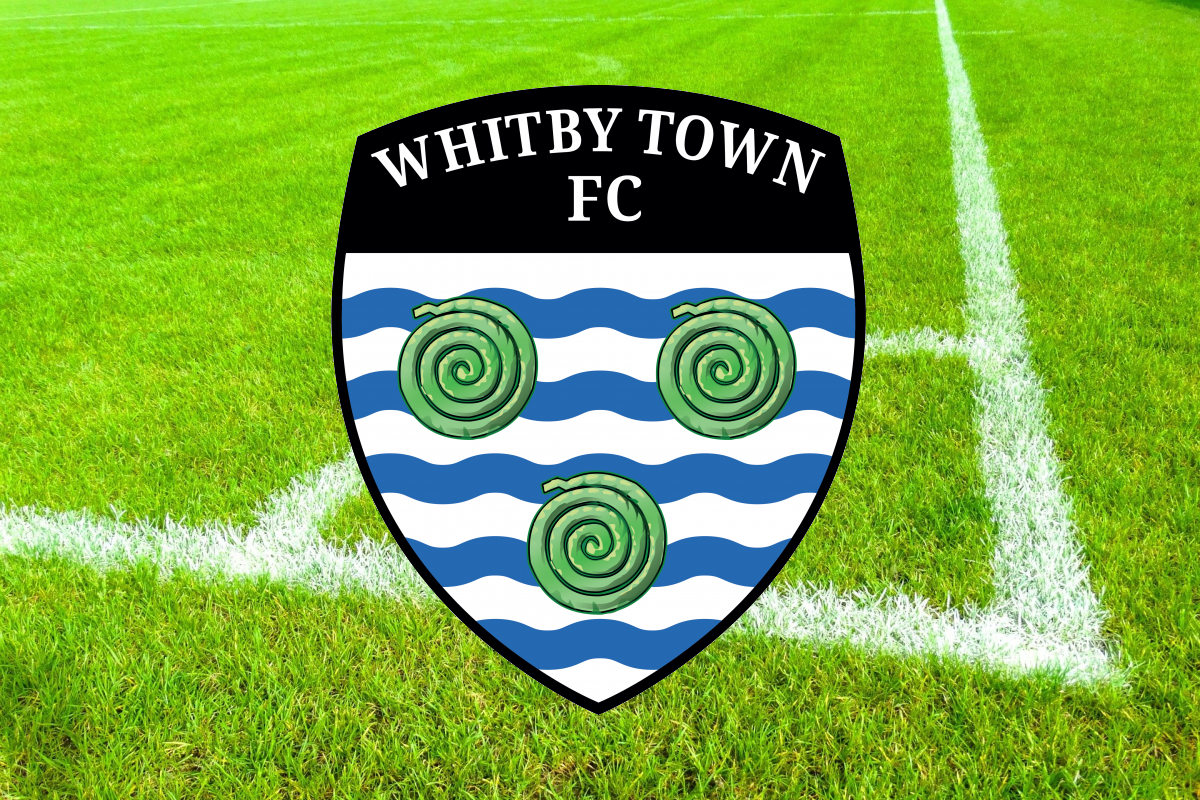 Whitby Town Trip Postponed
Whitby Town Trip Postponed
 Bridlington Town Battle Blyth Spartans
Bridlington Town Battle Blyth Spartans
 Yorkshire Coast Rugby Action
Yorkshire Coast Rugby Action
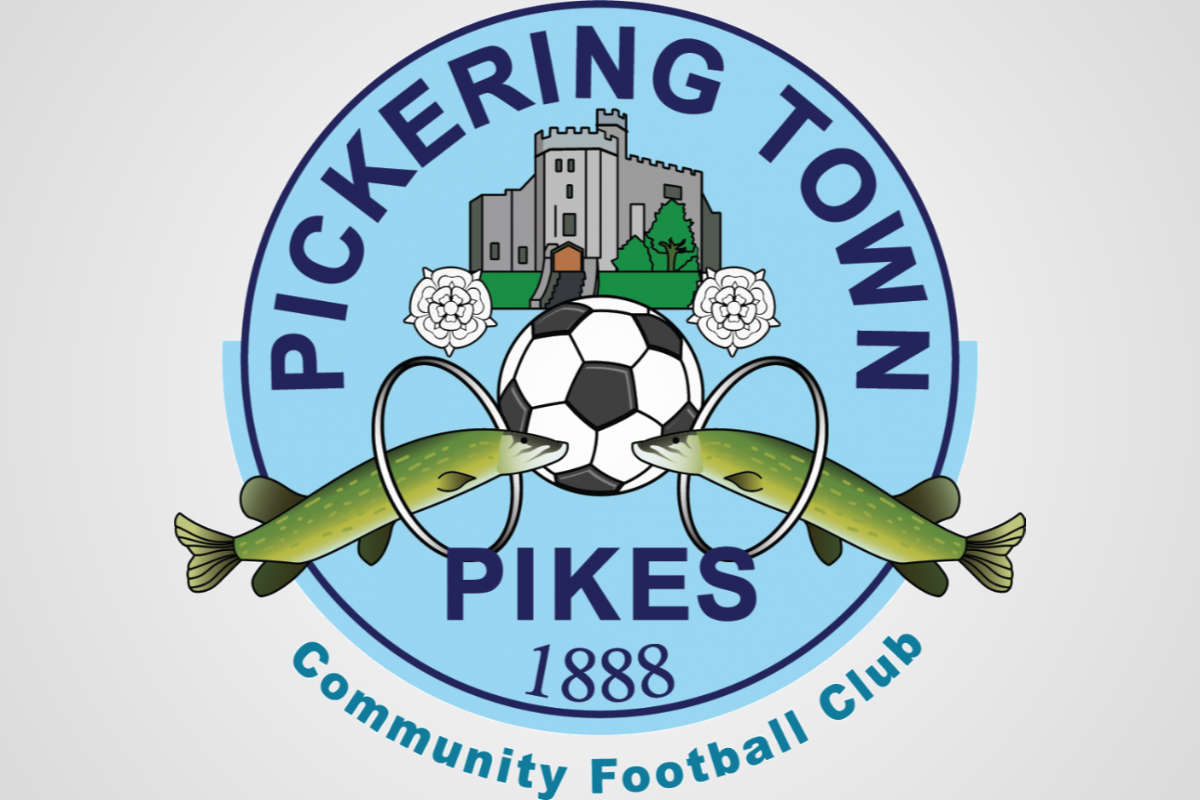 Pickering Town Target End To Barren Run
Pickering Town Target End To Barren Run
 Scarborough Sparkle Returns This Weekend
Scarborough Sparkle Returns This Weekend
 New Partnership Sees Foodbank Donation Stations at East Riding Council Buildings
New Partnership Sees Foodbank Donation Stations at East Riding Council Buildings
 Bus Franchising Pilot Coming to North Yorkshire Coast
Bus Franchising Pilot Coming to North Yorkshire Coast
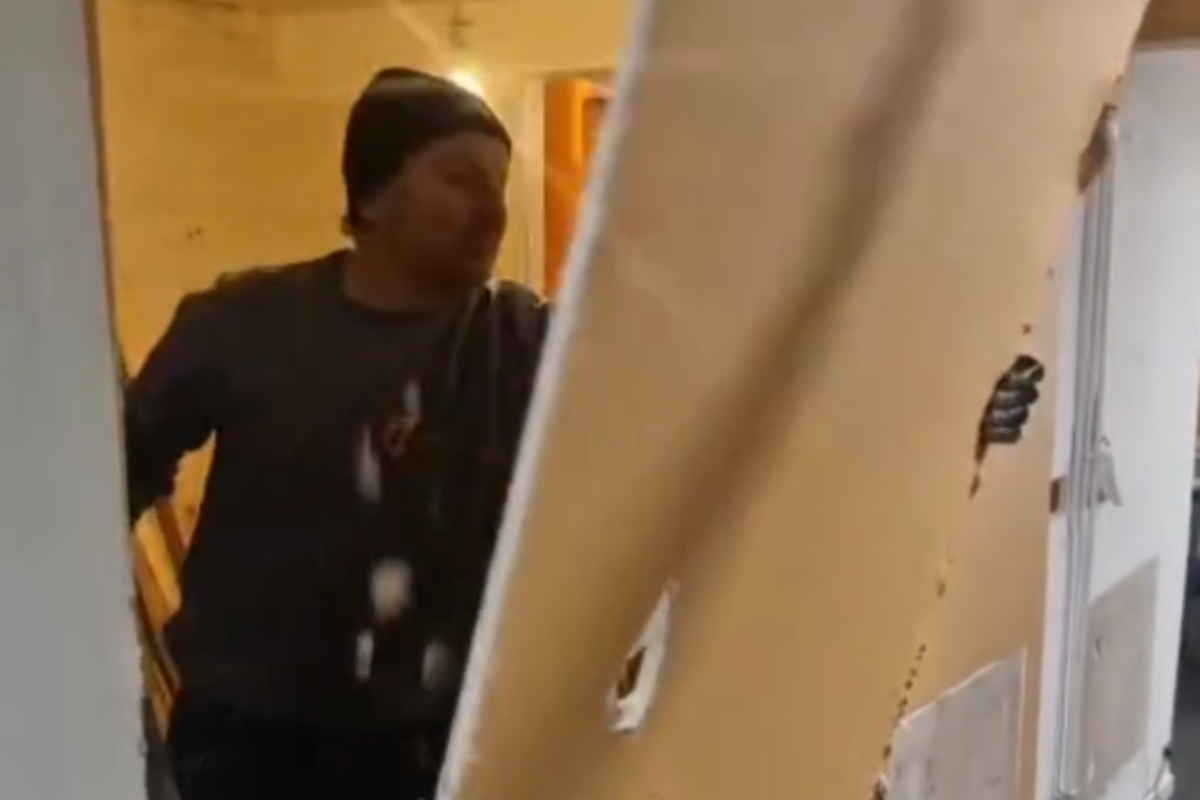 Scarborough's Rainbow Centre Finds Hidden Room
Scarborough's Rainbow Centre Finds Hidden Room
 Scarborough MP "Saddened" as Bingo Hall Closes
Scarborough MP "Saddened" as Bingo Hall Closes









Comments
Add a comment